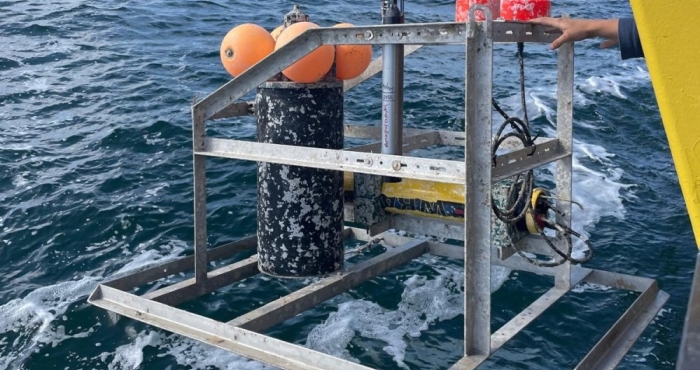

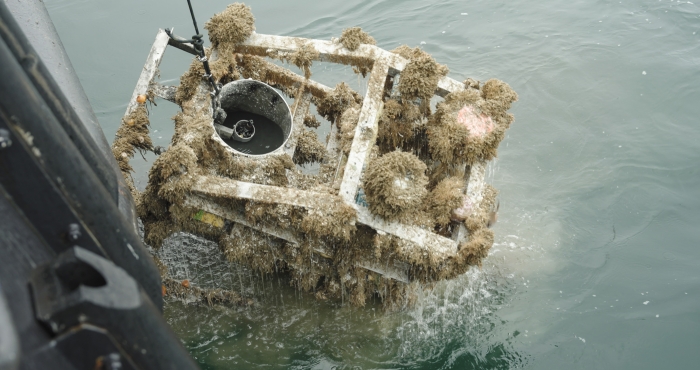
Waves of Resonance: An artistic journey with LifeWatch Belgium’s ocean data
Waves of Resonance is a sound project by artist Elise Guillaume, initiated during the European Marine Board’s EMBracing the Ocean artist-in-residence programme under the UN Decade of Ocean Science for Sustainable Development. She collaborated with Clea Parcerisas (LifeWatch Belgium) and Marine Severin (VLIZ) to explore the psychological impact of marine sounds. LifeWatch Belgium played a key role by providing unique underwater sound data from its observatory in the Belgian part of the North Sea.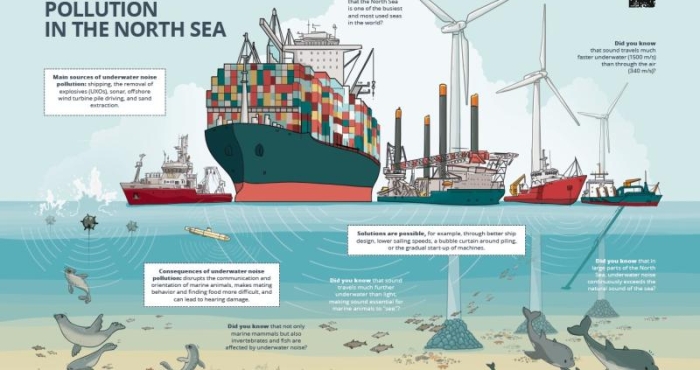
Noise pollution in the North Sea
The North Sea is one of the busiest seas in the world. All this human activity creates a lot of noise underwater. This can have harmful consequences for marine mammals and other organisms in our sea. Fortunately, measures exist to limit noise pollution. The Marine Environment Service (FOD Public Health) and DG Shipping (FOD Mobility), with the support of LifeWatch VLIZ, collaborated on a campaign to raise awareness about underwater noise pollution among the wider public.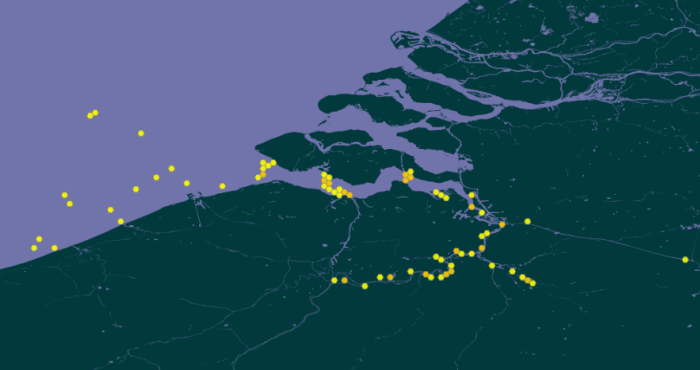
First ETN datasets available through GBIF
The first datasets from the Permanent Belgian Acoustic Receiver Network are now available via GBIF. Over 507,000 fish tracking records from Belgian waters offer new insights into species movement and biodiversity.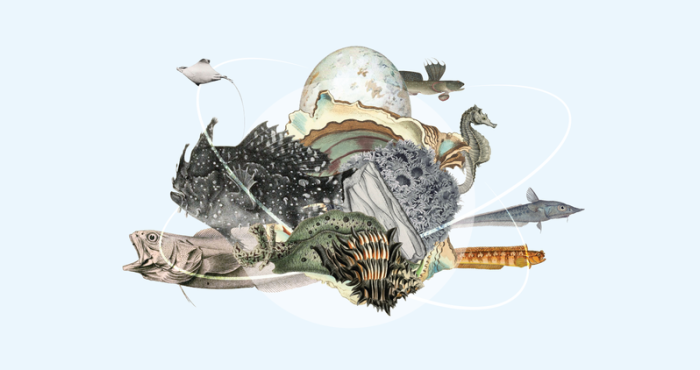
WoRMS and Marine Regions contribute to the OBIS-GBIF Action Plan for Marine Biodiversity Data
Two global data networks have agreed to a joint strategy and action plan that will deepen their collaboration, improve the flows and services of high-quality data about marine and coastal biodiversity, and support research and decision-making on the world's oceans.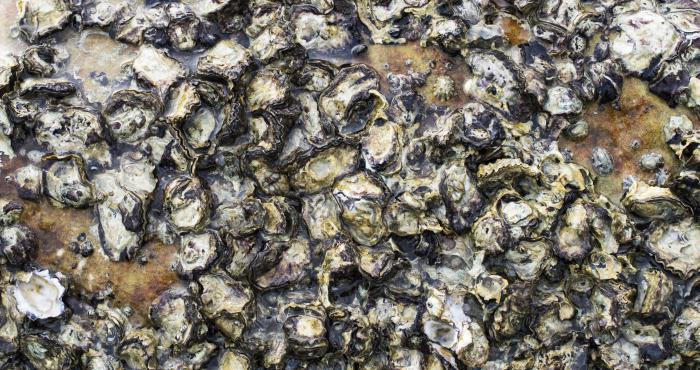
To settle or not to settle? Oyster larvae settlement cues investigated
The inclusion of ecosystem engineers in coastal planning is an approach being considered to mitigate coastal erosion in different environments worldwide. Oysters are reef building and can alter and improve their habitat acting as a barrier for coastal protection by sediment stabilization and wave...
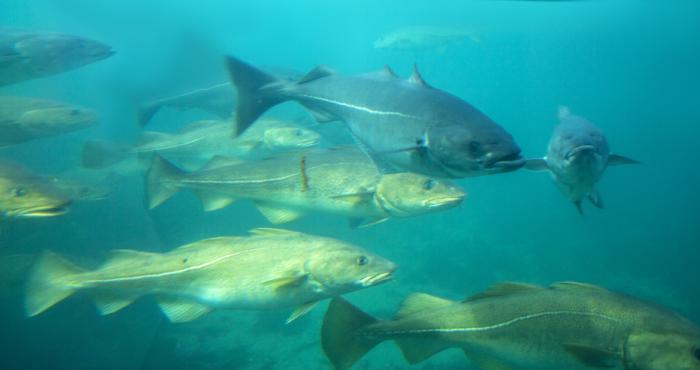
How Atlantic cod behave to seismic sound exposure - a joint industry project
Within the framework of the PCAD4COD project, an integrated set of studies were performed to understand the impact of airgun sounds on fish. This was done through modelling the energy-flow, individual behaviour and population dynamics as well as collecting field data on behaviour, physiology, growth...
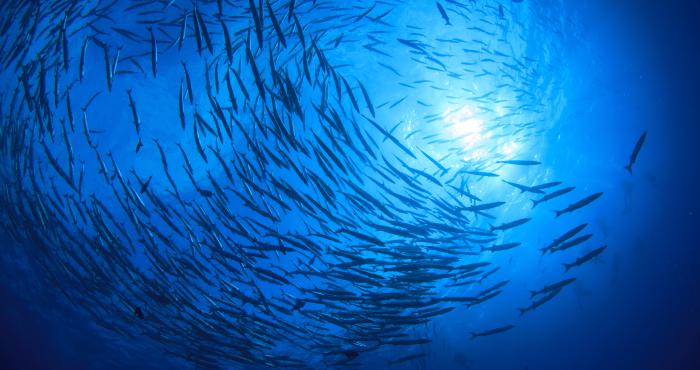
Tracking the fish trails
Understanding the importance of estuarine and coastal areas for the migration of fish and recovery of populations requires tracking a fish’s movement. For this purpose, Pieterjan Verhelst analyses the tracks of tagged Atlantic cod (Gadus morhua) and European eel (Anguilla anguilla), detected on the...
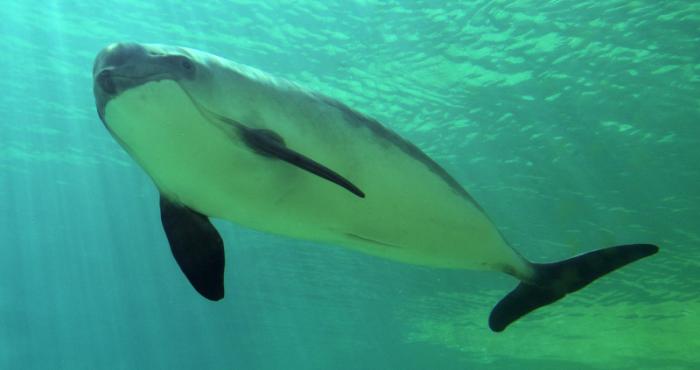
Tuning in on porpoise FM
Long-term data series of cetacean presence in the Belgian Part of the North Sea (BPNS) are essential to understand their habitat use and conservation needs. The prospects and predicaments of the cetacean passive acoustic sensor network of the Belgian LifeWatch observatory were therefore investigated...
